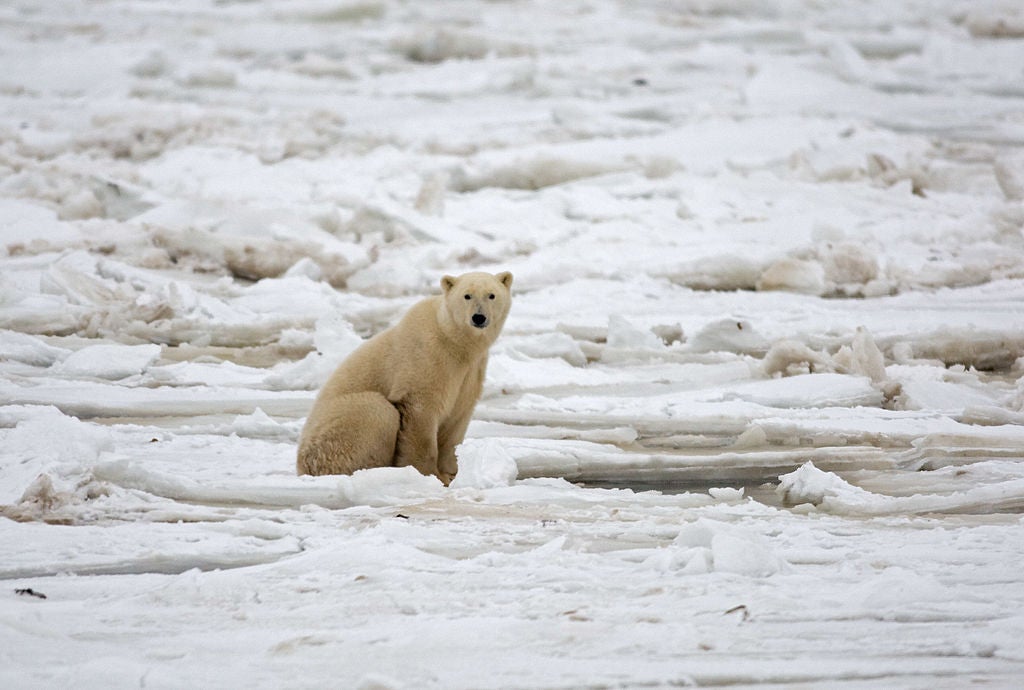Remote Canadian town programs radar to spot approaching polar bears
Churchill, a small Arctic town of only 900 people, is famous for the visiting carnivores due to its location in Hudson Bay

A remote town in Canada is utilising a new radar system to warn when a bear is approaching in a snowstorm or at night.
Churchill, a small Arctic town of only 900 people, is famous for the visiting carnivores due to its location along the coast of Hudson Bay.
Polar bears have been spotted in the area as they wait for the sea ice to form, which they use as a platform to hunt seals that come up for air.
The radar system can watch and warn when a bear approaches in a snowstorm when the town’s residents would otherwise be more vulnerable.
"The radar can see through all of that," said Geoff York, senior conservation director at Polar Bears International who has been "training" the system's artificial intelligence this year to recognise bears on the tundra near Churchill.
"It's one more way to keep communities or camps safe."
Next year, the system will be deployed for the first time at a tourist campsite near Longyearbyen, a former coal-mining town on Norway's Svalbard archipelago, where a Dutch man was killed by a polar bear in August.
That bear was shot by authorities to prevent another attack.
As climate change warms the Arctic faster than the rest of the world, the region has been drawing more tourists, at least until the coronavirus pandemic severely restricted travel.
With sea ice breaking up earlier and forming later, "we're seeing more bears on shore in more places and for longer time periods," Mr York said.
"We're setting up this perfect scenario for increased human-bear interaction and increased human-bear conflict. We're trying to get ahead of that."

Churchill's last bear attack was in 2013, when a wayward animal mauled a young woman walking home from a Halloween party. The woman survived after receiving 28 staples to her scalp. Two bears were killed in response.
Mounted on the tundra where bears congregate during the migration to the sea ice each year, the bear radar, or "Beardar", was adapted from a system designed by a private surveillance firm for military use.
The system's computer algorithm has been learning to distinguish bears from other large objects, including caribou, vehicles and humans.
When the radar detects a bear ambling toward a human settlement, it will alert conservation authorities who then deploy a range of tactics from rubber bullets to helicopters to shoo the bear away.
Join our commenting forum
Join thought-provoking conversations, follow other Independent readers and see their replies
Comments

Bookmark popover
Removed from bookmarks